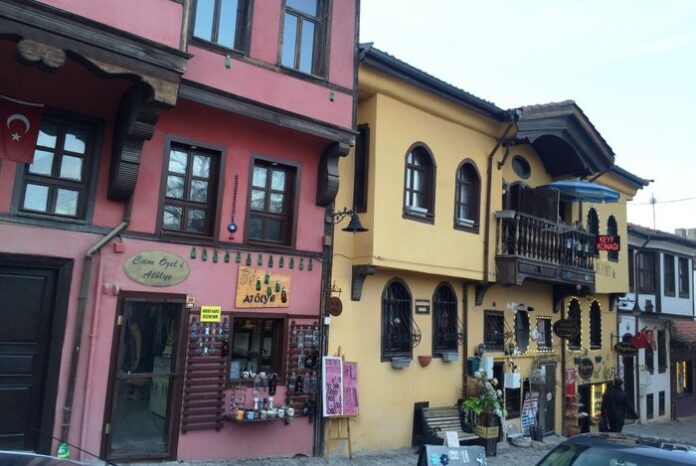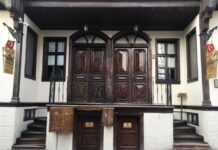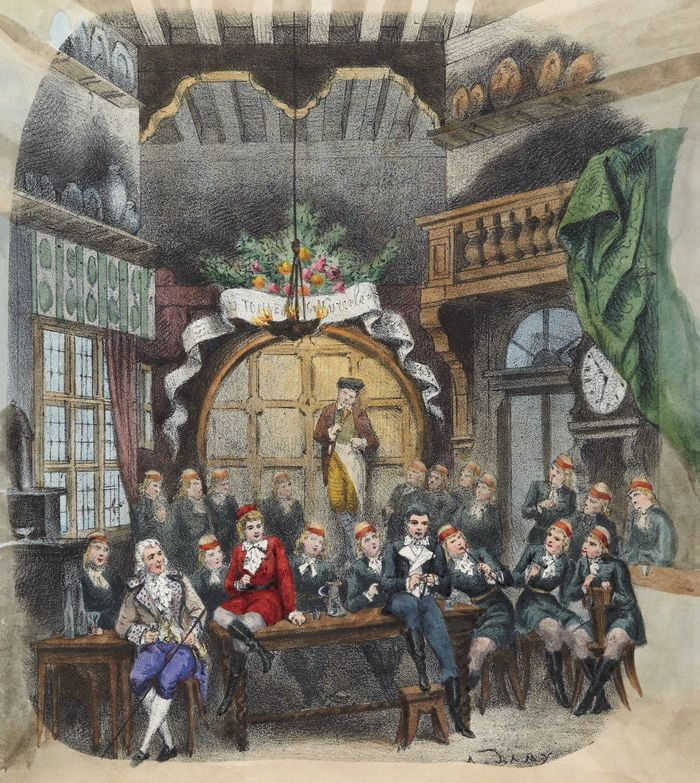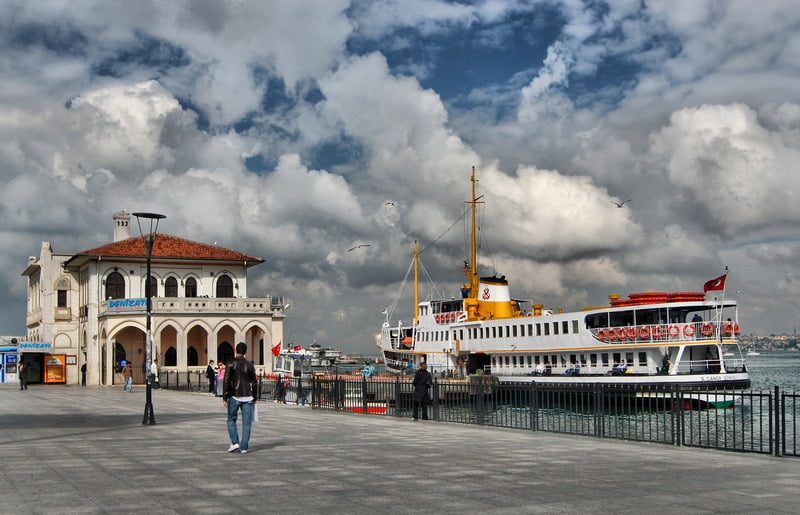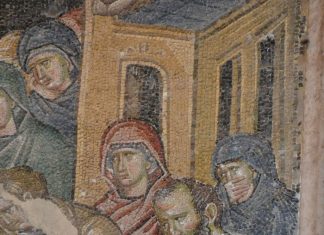Agrarian Economy and Land Systems
During the five centuries of Turkish rule in Bulgaria (1396–1878), the country maintained a mostly agrarian economy. Farming was the main source of livelihood, and society followed a system similar to medieval serfdom.
In the late 18th century, large estates owned by Turkish landlords were rented out to local farmers under two main systems: izpolitza and kisim.
The izpolitza system was a type of sharecropping. Farmers gave half of their crops to the landowner as rent.
The kisim system fixed the rent in advance. Farmers had to pay a set amount to the landlord, regardless of how much they produced Istanbul Old City Tours.
These systems allowed landlords to profit from the land while keeping the peasants tied to farming.
Urbanization and Industrialization
Toward the end of the 18th century, Bulgaria began to experience urban growth and industrial development. Cities grew as more people found work outside farming. Agriculture slowly changed from a simple subsistence system to a commodity-based economy, producing goods for the market rather than just for personal use.
The land reform of 1834 was an important milestone. It reduced the power of large landowners and allowed medium and small farmers to gain ownership. This helped eliminate angaria, a system of forced, unpaid farm labor. Farmers began specializing in certain crops. For example:
Rice cultivation developed in Plovdiv and Pazardzhik.
Rose oil production grew in Karlovo and Kazanluk.
Craftsmanship and Artisans
The first half of the 19th century was a high point for Bulgarian artisans. Craftsmen produced goods for local use and for the Ottoman Empire, including:
Woollen cloth
Belts and knitted socks
Yarn and leather goods
Hardware and tools
Crafts were organized in corporative guilds, similar to medieval European guilds. These guilds regulated:
Training of apprentices and journeymen
Quality of production
Competition among craftsmen
The guilds ensured that standards were maintained and protected the work of experienced artisans.
Early Manufacturing and Industry
An expansion of economic activity came with the “scattered manufactory” system. Wealthy merchants would provide raw materials to artisans. Once the artisans completed the products, the merchants sold them on the Turkish market. This system helped link small workshops to a wider trade network Exploitation and the Big Leap Forward.
Industrialization began slowly. The first machine-run weaving factory in Bulgaria was built in Sliven in 1838, marking the beginning of modern industry in the country. This factory used machines to produce textiles more efficiently than manual labor alone.
By the mid-19th century, Bulgaria had transitioned from a purely agrarian society to a more mixed economy with growing towns, specialized agriculture, skilled artisans, and early factories. Land reforms, urban growth, and industrial developments laid the foundation for further modernization in the decades leading to independence in 1878.
